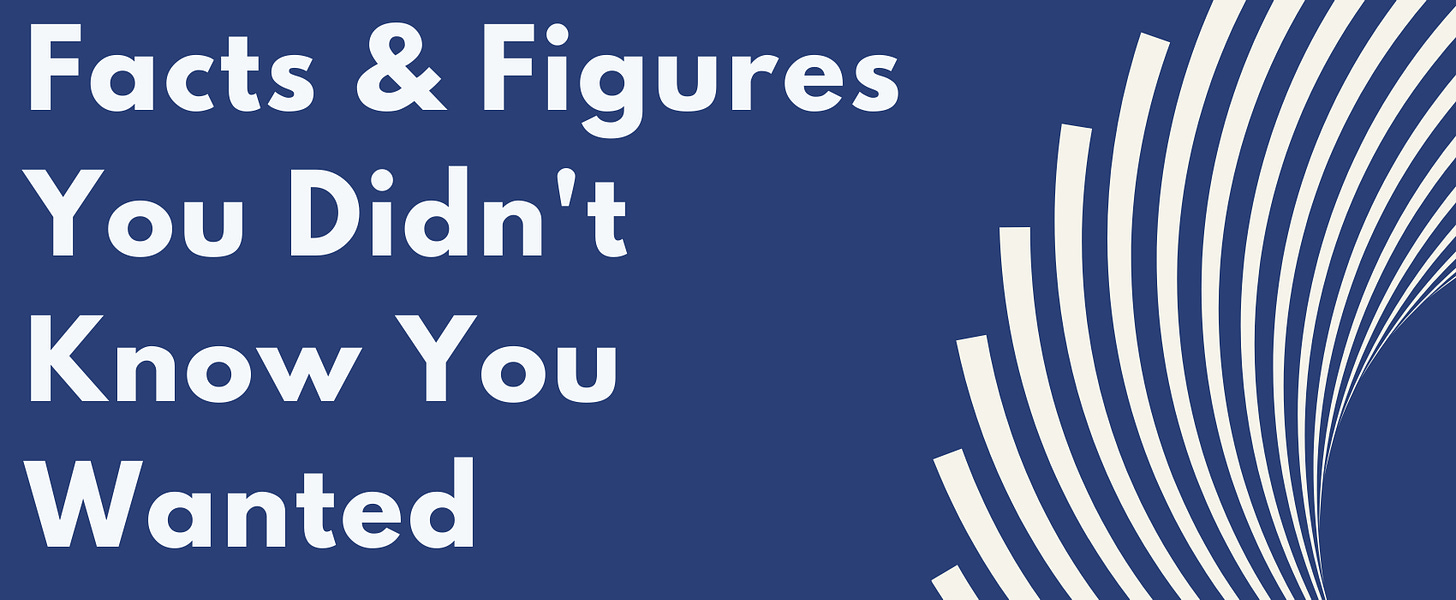California Governor: Nothing Epitomizes Market Failures More Than the Cost of Insulin
Insulin management has improved dramatically over the past decade, but the price of insulin has nearly tripled. California has proposed a new solution to curb the price.
Insulin is a hormone that helps your body convert sugars into energy. If your body doesn’t produce enough of this hormone naturally, you may need assistance from artificially produced insulin. For many diabetics, the management of insulin intake has improved dramatically over the past decade, but the price of insulin has nearly tripled. For many patients, their insulin bills alone can cost around $300 per month:
There are currently three major companies that control almost all of the US market: Sanofi, Eli Lilly, and Novo Nordisk. There are over 7 million people with diabetes in the US who require insulin to survive, and nearly 1 in 4 struggle to afford insulin. California is looking to disrupt that oligopoly by allocating $100 million dollars to begin producing the drug for residents. Its governor, Gavin Newsom, said in a statement posted online that “nothing epitomizes market failures more than the cost of insulin.”

California isn’t the first agency to propose policies to curb the price of insulin. The US House of Representatives passed a bill earlier this year that would cap the price of insulin to $35 per month for Americans with health insurance, but the bill still needs to go through the US Senate. Colorado has capped the price of insulin at $100 thanks to a 2019 law and a few other states have similar caps in place or have proposed legislation to cap prices:
There has been a lot of finger-pointing and reasons why prices for insulin are high, ranging from a lack of competition to fuzzy legal hurdles. Some argue that the number one reason insulin is priced so high in the US is due in part to low price elasticities. A vulnerable population that needs insulin to survive will pay anything to have access to a lifesaving drug:
The desperate need for a lifesaving product allows insulin to be priced at high levels because it is not a luxury item that one can forego. The manufacturers of insulin know that patients who need it will spend whatever it takes to acquire it, regardless of price. It is a matter of life and death.
In addition to the oligopolistic market, there are other regulatory hurdles that serve as barriers to entry for other pharma companies. The original drug was created in 1921 and made available to the public, but companies have continuously improved insulin formulations, which results in new patents. There are additional barriers due to insulin being a biological product, similar products that are almost identical to the parent drug. The FDA has been receptive to biosimilar entry, but the process is still long and cumbersome. Finally, there is the notoriously powerful pharmaceutical lobby that spends lots of money to prevent changes to the current system.
The two main government responses to monopolistic industries are usually price controls or public provision of the product. While the traditional government response has been to enact price controls, California looks to take the second approach. Earlier this year, the nonprofit Civica Rx announced it wanted to manufacture insulin and sell it for no more than $30 a vial, but the program is pending approval from the FDA and wouldn’t be available until at least 2024. It’s not clear when the California version would be available, but a tweet from the governor’s office claimed that “the cost would - at a minimum - be cut in HALF.”
The inventors of insulin (Frederick Banting, James Collip, and Charles Best) sold the insulin patent to the University of Toronto for $1 [University of Pennsylvania]
California has a state budget of $234.36 billion [California Department of Finance]
The most commonly used forms of analog insulin cost 10 times more in the US than in any other developed country [The Independent]
According to disclosures, Eli Lilly spent $7 million on lobbying in 2021 [FDA News]
Approximately 537 million adults are living with diabetes [International Diabetes Federation]







I would be interested to know your thoughts on the German approach. Pharmaceuticals and medical procedures have a price menu set at the national level (overview here https://www.bfarm.de/EN/Medicinal-products/Information-on-medicinal-products/Reference-Pricing/_node.html). Setting a price ceiling has other welfare implications, of course, but the goal is to ensure that profits are within reason (given a vial of human insulin costs an estimated $2.28-$3.42 to produce...), and that prices remain within the reimbursable amount of the statutory public insurance funds.
One of the particularly interesting pieces of legislation in this sphere is that when setting the price menu, medicinal products are grouped based on either the same or similar active ingredients or, a therapeutically comparable action. This means pharmaceutical companies cannot skirt the boundaries by simply changing the formulation repeatedly. In the US we have the former but not the latter.